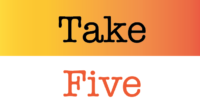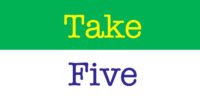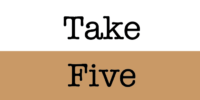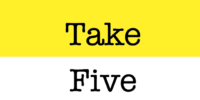From what we understand, things were different back in the day regarding usage rights to creative content.
Or more specific to our world, surf and skate content.
As it was explained to us, a photog or filmer would submit their work, and if accepted a fee was paid which then generally implied that the content was now “owned” by the buyer with pretty much unlimited usage rights. Many of those deals being handled through a handshake, or less.
The surfer or skater involved usually receiving nothing from either party.
At some point, a few of the more successful creatives began asking for, and getting, much more detailed usage agreements that outlined and often specifically limited the usage to the agreed-upon terms. Those agreements are now almost standard by any professional submitting one’s work to a media outlet, or most other commercial use.
Fast forward a few years and the Internet quickly began to change those rules once again.
The emergence of social media outlets like YouTube and Instagram were founded as primarily amateur-based platforms where the users would post content they themselves created and ultimately owned. As the function of these platforms expanded, the ability to share that content became an extremely popular feature. Concurrently with those platform advancements, came the vast commercial use we see today with literally every consumer-facing brand having various social media accounts that are used to provide company information, sell some product, and yes, share content.
However, a few hiccups quickly developed.
It didn’t take long for the music to become an issue as on many levels the songs that were being attached to video content were not authorized to be used. Apparently, platforms like Youtube, Instagram, and others, held some level of legal responsibility as it was them who ultimately realized their platforms were the ones on which the usage violations were being perpetrated. Some AI software was developed to flag such use but the early iterations of that were easy to work around by slightly slowing down or speeding up the music so it wouldn’t be recognized.
Today, unauthorized use of music by a commercial entity on most of the major social media platforms will be met with a notification for request of payment, content removal, or in some cases automatic removal by the platform itself
Where this got tricky was when non-commercial entities, like surfers or skaters, would self-produce content and then share it beyond their own sphere of followers. The above-mentioned media platforms don’t seem to care about individual, non-commercial use even though a professional athlete, or influencer-type, could certainly be considered a “for-profit” entity by the taxman. It would seem that the rub here is mostly limited to the use by a deep-pocketed commercial entity (Read: an entity that can actually write a check.)
In essence, I can promote myself, and use unauthorized music, but I can’t share that with other media platforms.
Which begs: what’s the difference?
All that said, we absolutely get it as all creative work should be compensated, if so desired, and we have happily paid our share when our own creative content incorporated music of which required compensation by the owner. However, it was our position that we held no responsibility to content we didn’t produce since we didn’t solicit its creation or distribution.
It often just shows up in our inbox.
Well, how do you think that’s working out?
Not sure what’s next given that as of late, the above mentioned media platforms have been on a serious crackdown regarding unauthorized content, inappropriate content, inaccurate content, etc.
Shawn and Sean from Napster had no idea what they unleashed.
Look um up. It’s an interesting story.
What Youth


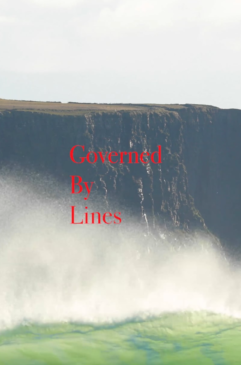
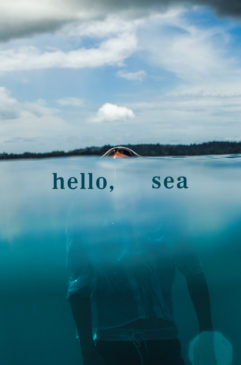
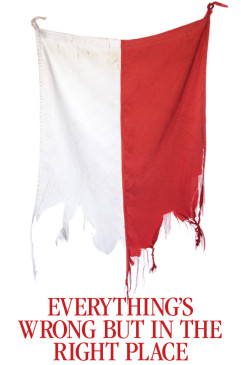


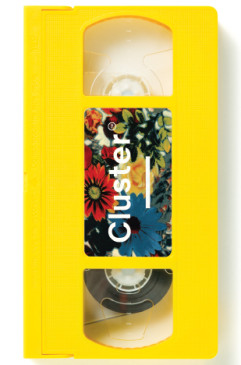
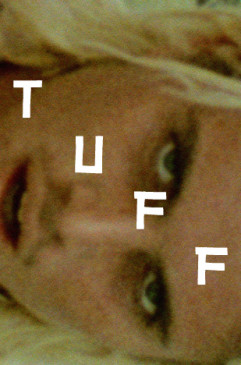
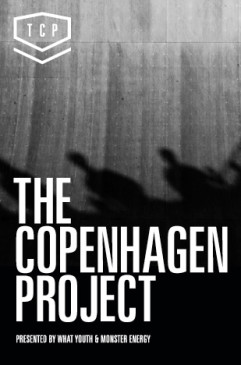


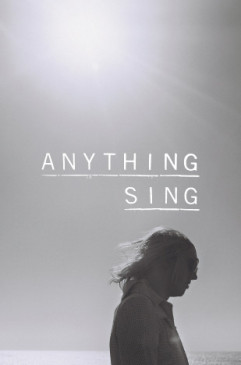


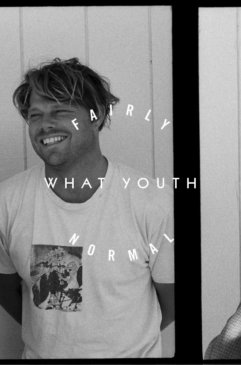

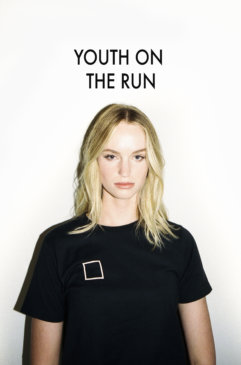
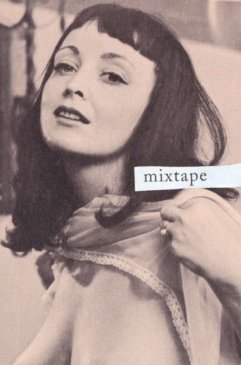





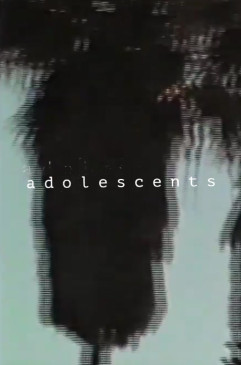
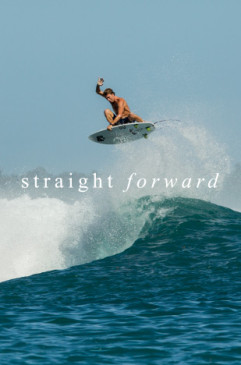


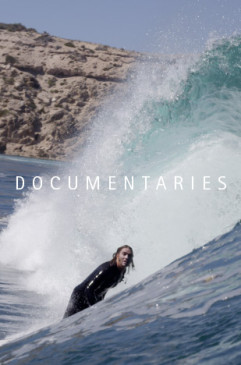
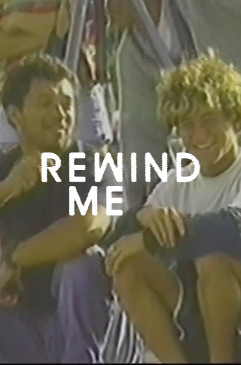


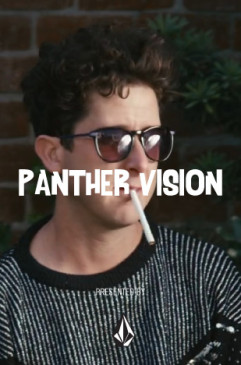




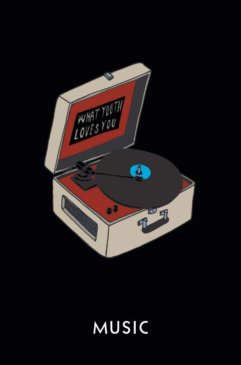

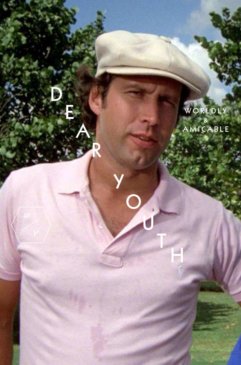
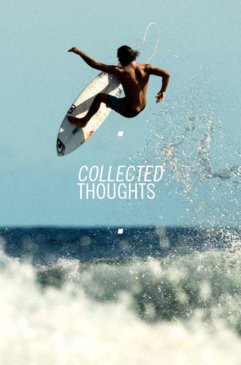







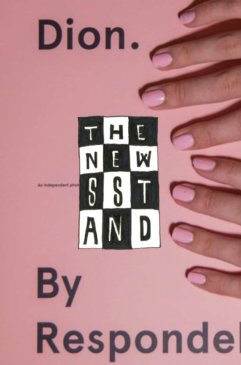

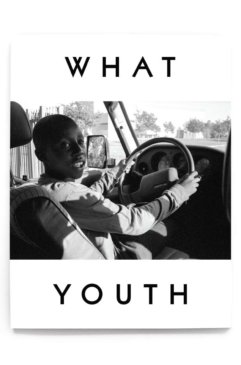
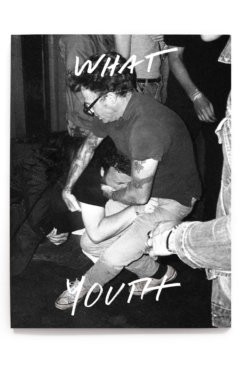



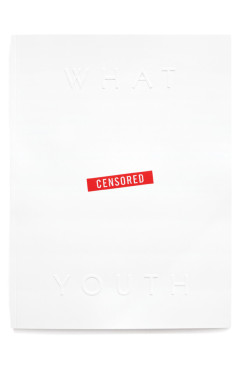
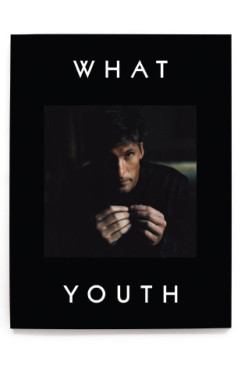
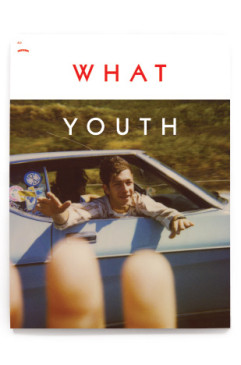
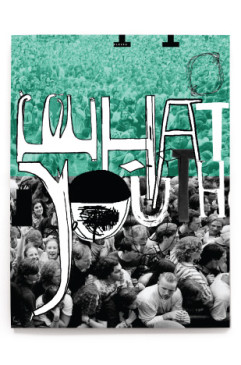
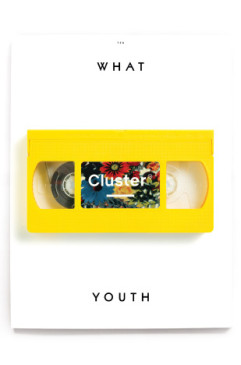
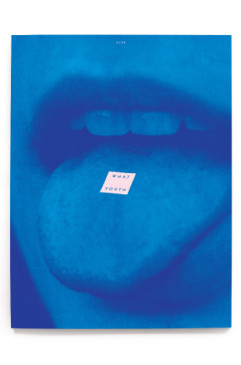


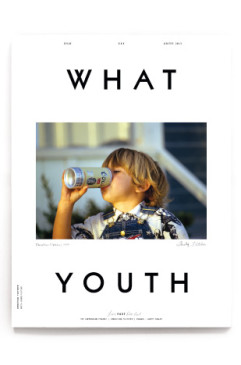
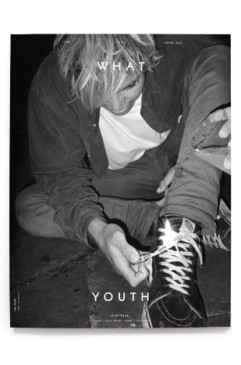

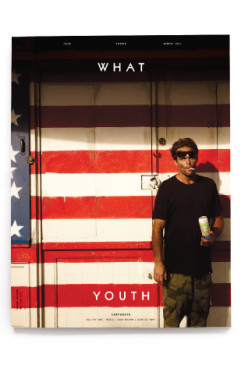


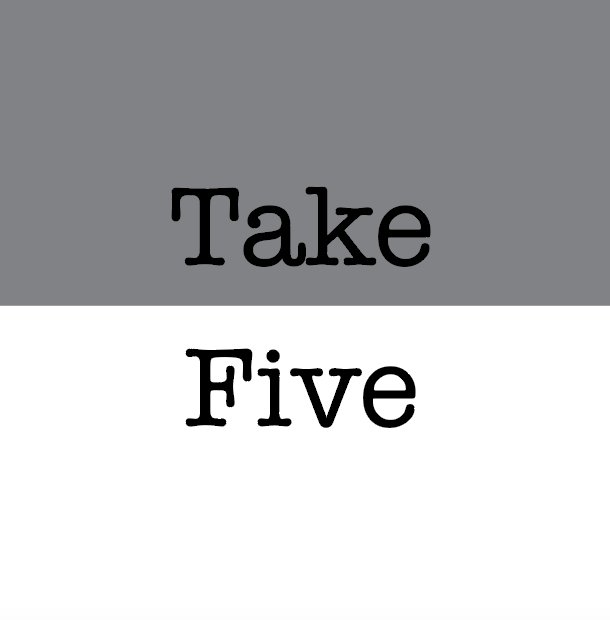
 NXT
NXT 












